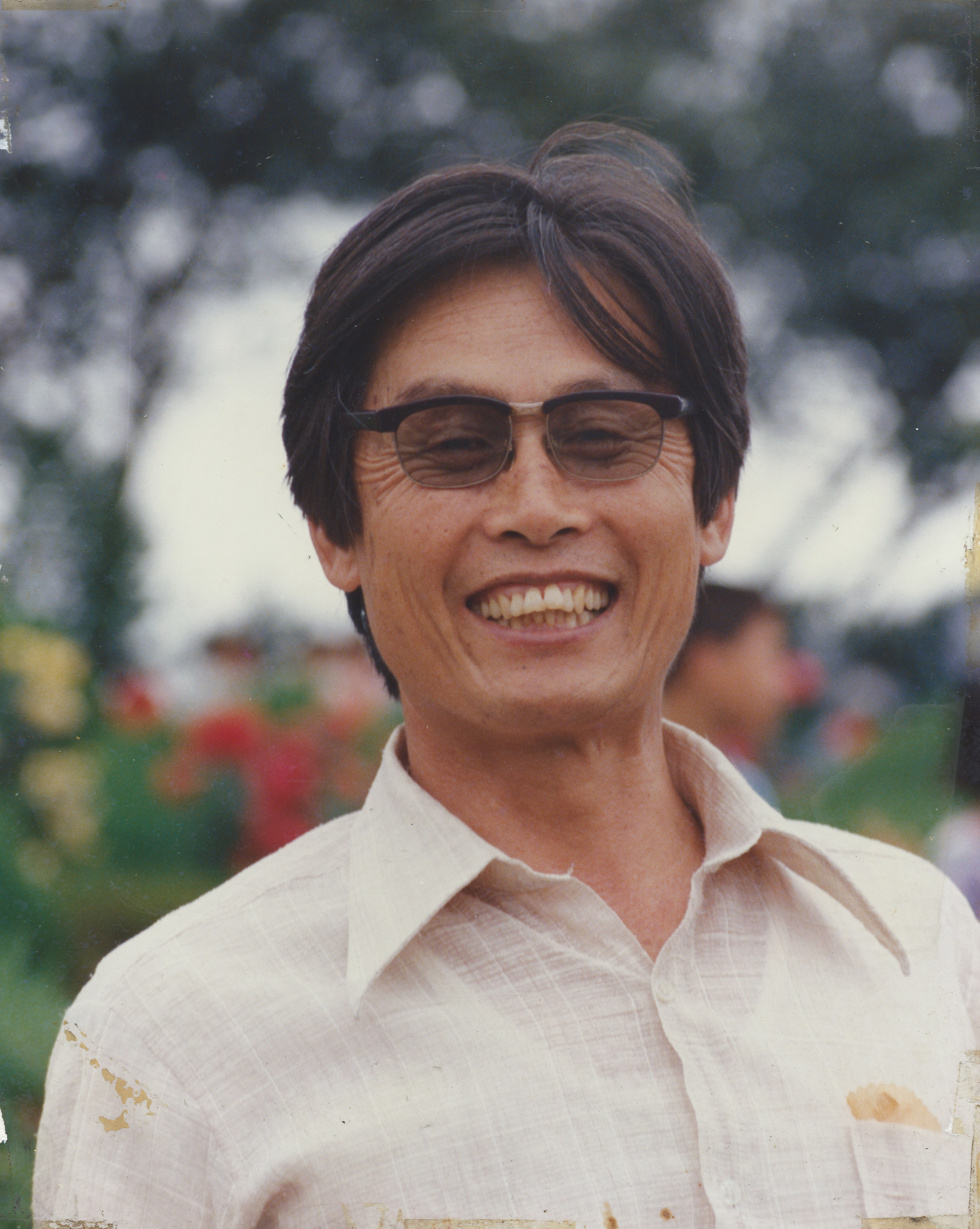반응형
오랫동안 사용하던 오백만 뷰를 자랑하던 블로그를 https://blog.naver.com/samswlee/ 으로 이전합니다.
https://blog.naver.com/samswlee
노란장미의 사는이야기 그리고 80518 : 네이버 블로그
滉鄣(황장)李相鴛SamLee https://yellowroses.tistory.com/15851296
blog.naver.com
https://blog.naver.com/samswlee/223348853636
219. San Francisco to Reykjavik Iceland, The Ice and Fire Country
https://youtu.be/iElu1Jy4PC0?si=Uwxecy8MUWoTLfFt Iceland (Icelandic: Ísland, pro...
blog.naver.com
반응형
'1. Dr. Sam Lee > 여행스케치' 카테고리의 다른 글
| 221. Explore the Geosites in Katla Geopark, Iceland (0) | 2024.02.15 |
|---|---|
| 220. North Country at Game of Drone, Iceland (0) | 2024.02.09 |
| 218. Here and There in Winter Iceland January 2024 (0) | 2024.02.09 |
| 217. 50th Anniversary Santa Cruz Fungus Fair, Santa Cruz CA Video (0) | 2024.01.18 |
| 216. 50th Anniversary Santa Cruz Fungus Fair, Santa Cruz CA Not Edible and Not Sure (0) | 2024.01.17 |
